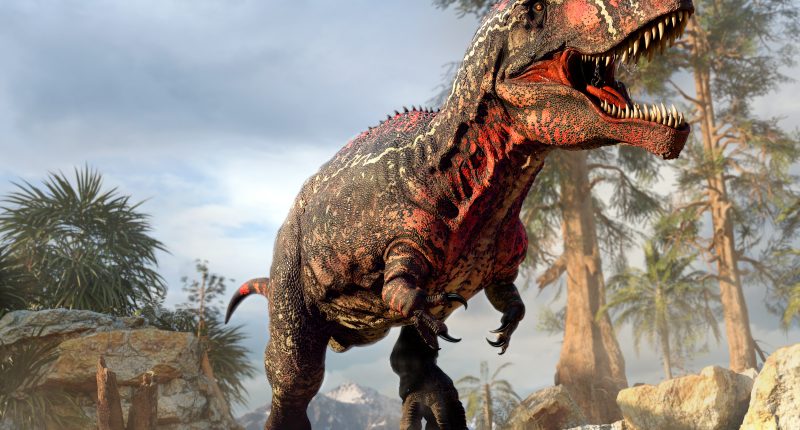ALIEN life may not look like what it’s often been portrayed as and could actually resemble Earth’s Jurassic days, scientists have suggested.
Scientists believe it could be easier to detect alien life by looking for variations of compounds that wouldn’t exactly be the same as Earth today.
Around 300 million years ago, Earth had higher levels of oxygen at 30% which would have been sufficient levels for complex creatures to grow, such as dinosaurs.
Over time it balanced out to 21%, which is what it has remained at to this day.
Oxygen levels may be an important clue for spotting alien life on other planets, scientists have suggested in a new hypothesis.
The research was published in the journal Monthly Notices of the Royal Astronomical Society on October 13.
Scientists noted that modern Earth is what has been used when comparing other planets for signs of life.
“Modern Earth’s light fingerprint has been our template for identifying potentially habitable planets, but there was a time when this fingerprint was even more pronounced — better at showing signs of life,” study co-author Lisa Kaltenegger said in a statement.
“This gives us hope that it might be just a little bit easier to find signs of life — even large, complex life — elsewhere in the cosmos.”
Special telescopes can detect levels of oxygen on other planets.
Most read in News Tech
The new hypothesis will direct scientists to be more open about the various stages a planet can be in and the different life forms that come with that.
Scientists from the study suggest these life forms could even be “creatures as large and varied as the megalosaurus or micro-raptors that once roamed Earth.”
When dinosaurs were on Earth, the planet was in an era called Phanerozoic.
“The Phanerozoic is just the most recent 12% or so of Earth’s history, but it encompasses nearly all of the time in which life was more complex than microbes and sponges,” Rebecca Payne, the study’s lead author and a scientist at Cornell University, said in the statement.
“These light fingerprints are what you’d search for elsewhere if you were looking for something more advanced than a single-celled organism.”
Scientists are hopeful there could be other somewhat bizarre forms of life on other planets.
“Hopefully we’ll find some planets that happen to have more oxygen than Earth right now because that will make the search for life just a little bit easier,” said Kaltenegger.
“And, who knows, maybe there are other dinosaurs waiting to be found.”









